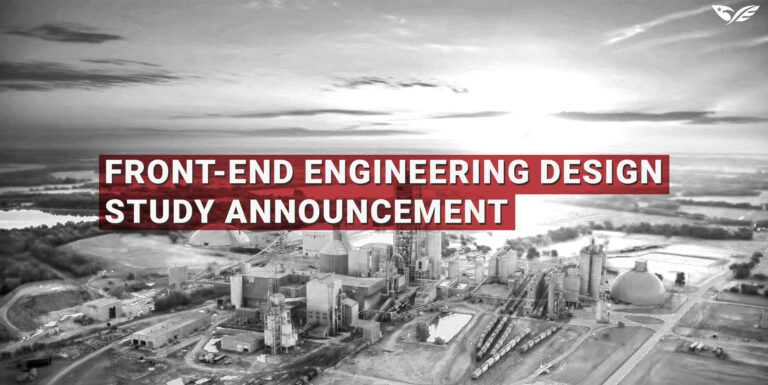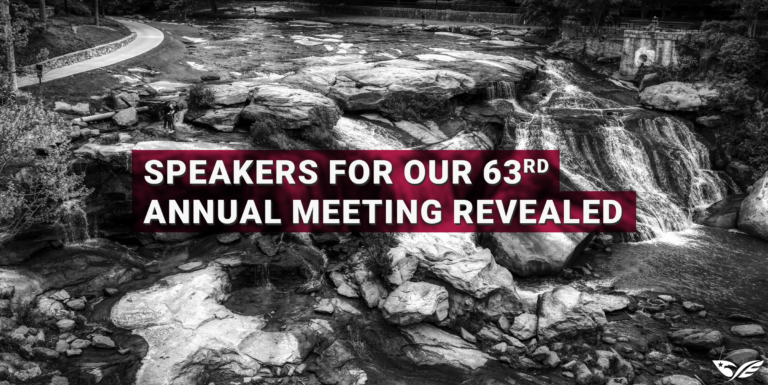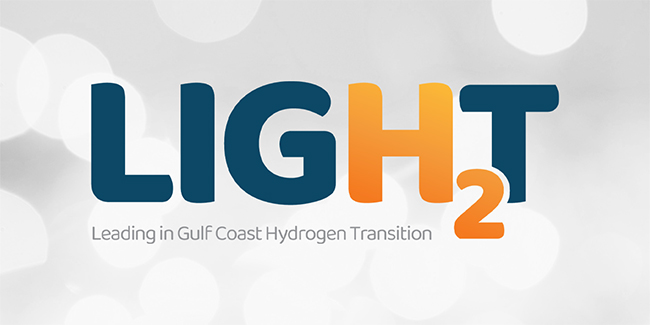$250 Million to Tackle Climate Pollution Up for Grabs
Earlier this month, the Biden-Harris Administration announced it is making $250 million available to develop innovative strategies to cut climate pollution and build clean energy economies. These planning grants, through the U.S. Environmental Protection Agency (EPA), are the first tranche of funding going to states, local governments, Tribes, and territories from the $5 billion Climate Pollution Reduction Grants (CPRG) program created by President Biden’s Inflation Reduction Act. The program provides flexible planning resources for states, Tribes, territories, and municipalities to develop and implement scalable solutions that protect people from pollution and advance environmental justice.
All 50 states, the District of Columbia and Puerto Rico are eligible to receive $3 million in grant funds. In addition, each of the 67 most populous metropolitan areas in the country are eligible to receive $1 million for plans to tackle climate pollution locally. EPA is also making millions in noncompetitive planning grant funds available to territory and tribal governments. Later this year, EPA will launch a competition for $4.6 billion in funding to implement projects and initiatives included in these plans. States, cities, territories, and Tribes can also use this funding to develop strategies for using the other grant, loan, and tax provisions secured by President Biden’s historic legislation, including the Inflation Reduction Act and Bipartisan Infrastructure Law, to achieve their clean energy, climate, and environmental justice goals.
SSEB’s member states and territories are encouraged to contact our office in order to discuss the application process for these funds.
About the Climate Pollution Reduction Grant Program
The CPRG planning grants will support states, territories, Tribes, municipalities and air agencies, in the creation of comprehensive, innovative strategies for reducing pollution and ensuring that investments maximize benefits, especially for low-income and disadvantaged communities. These climate plans will include:
- Greenhouse gas emissions inventories;
- Emissions projections and reduction targets;
- Economic, health, and social benefits, including to low-income and disadvantaged communities;
- Plans to leverage other sources of federal funding including the Bipartisan Infrastructure Law and Inflation Reduction Act;
- Workforce needs to support decarbonization and a clean energy economy; and
- Future government staffing and budget needs.
In program guidance released today, EPA describes how the Agency intends to award and manage CPRG funds to eligible entities, including states, metropolitan areas, Tribes, and territories.
States
Under the formula-based program for planning grants, the governments of all states, the District of Columbia, and Puerto Rico are eligible for up to $3 million. Each state government will be expected to develop or update any existing climate action plan in collaboration with sub-state jurisdictions including air pollution control districts and large and small municipalities statewide, and to conduct meaningful engagement including with low income and disadvantaged communities throughout its jurisdiction.
Metropolitan Areas
To further EPA’s efforts to cover as much of the population as possible under regional planning grants, the 67 most populous metropolitan areas will be awarded $1 million each to develop regional planning grants with key stakeholders in their area. Communities that do not rank in the top 67 most populous areas will have opportunities to partner with their states and neighboring jurisdictions.
Territories & Tribes
The territories of Guam, American Samoa, U.S. Virgin Islands, and the Northern Mariana Islands as well as federally recognized Indian Tribes are also eligible entities; their application process is detailed in a separate program guidance.
Tribes have a set-aside of $25 million, for grants up to $500,000 for a single Tribe or $1 million for groups of 2 or more. Territories are eligible for up to $500,000 each. Applicants are not required to provide a cost-share or matching funds for this funding.
Next Steps
States must submit a notice of intent to participate by March 31, 2023; the 67 most populous metropolitan areas nationally must submit a notice of intent to participate by April 28, 2023. EPA strongly encourages all eligible entities to review the complete program guidance documents available on EPA’s website to learn more about these planning grants, details about eligibility criteria and allocation formulas, important deadlines, and other requirements.
This funding for climate planning will be followed later this year by $4.6 billion in implementation grant funding that will support the expeditious implementation of investment-ready policies created by the CPRG planning grants, programs, and projects to reduce greenhouse gas emissions in the near term. Through the CPRG program, EPA will support the development and deployment of technologies and solutions that will reduce greenhouse gas emissions and harmful air pollution, as well as transition America to a clean energy economy that benefits all Americans.
Key Program Dates
States and metropolitan areas have different deadlines to notify EPA that they intend to opt-in to the climate planning grants.
- States will have until March 31, 2023, to opt in to this grant by submitting a notice of intent to participate. The lead organization for the state will then need to submit an application, which will include a workplan and budget for the planning grant, by April 28, 2023. States can work with EPA regional offices during this time.
- Metropolitan areas have until April 28, 2023, to opt in. The lead organization for the metropolitan area will then need to submit an application, which will include a workplan and budget for the planning grant, by May 31, 2023. Metropolitan areas can work with EPA regional offices during this time.
- Tribes and territories have a separate program guidance, process and deadlines with applications and workplans due by June 15, 2023. EPA’s regional offices will work closely with Tribes and territories to support their successful application. They should work closely with their EPA region toward submitting an application and workplan by June 15, 2023.
By summer 2023, EPA Regional Offices expect to award and administer the funding agreements.
Please contact our office if you have any questions about the application process.






